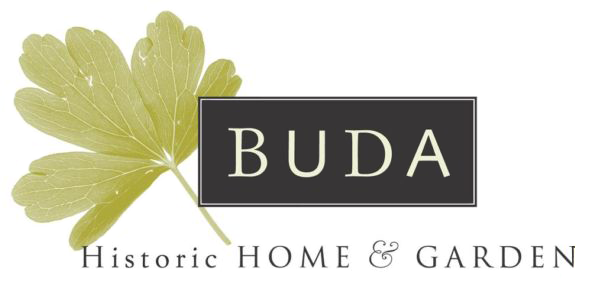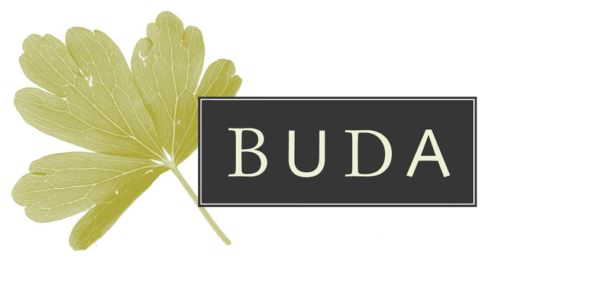Dorothy (Bertha, known as Dorothy) Leviny (1881-1968)
Dorothy was the most artistically prolific of the sisters. She studied drawing, design, and painting under Charles Steiner at Castlemaine School of Mines and with Arthur Woodward at Bendigo School of Mines. She went with friend Alice Newell (nee Waterhouse) by train, initially once a week. By 1905 she travelled every week to Bendigo and boarded with the Craigs, spending weekends in Castlemaine.
The study of snapdragons and two watercolour still life paintings were most likely completed during her time at Bendigo School of Mines. These works are on display at Buda for the first time.
Her diaries suggest Dorothy lacked confidence in her abilities, yet she persisted and continued in artistic pursuits all her life.
Excerpts from Dorothy’s Diary:
1901 Oct 21 p.30 “Tomorrow I am to have my first painting lesson. I am so glad I hardly thought I would this year…. It will be lovely when I can paint at home, father has given me such a nice box of paints & some brushes.”
1902 Nov 5 p.32 “…. I went to painting today we are doing life models now & this is the third model we have had. Mr Bell said it was the best head I had done so far though I thought it ought to be torn up & said so but he said not to it simply is not a scrap like the man….”
1903 Nov 29 p.41 “I went to Bendigo for the Still Life exam & Mr Woodward told me he thought mine was the best said it was a very promising little study & if I will only stick to my work etc etc but really he is so nice to me always encourages me & is so nice even about my most garish mistakes & really my work must strike him as garish & amateur sometimes he even hinted the other day about the £10-10 prize but I laughed out but to get it I think I would be frightened not thinking I ought to get it.”
1903 Nov 30 p.42 “I went into the life room today and started Mercury’s head at least Mr Woodward started it for me he does swing them in easily – he says I am getting in my water colour much stronger.”
1904 March 1 p.46 “I entered a water colour black & white still life & shadings from the Cast in the R & R Competitions Mr Woodward came down to judge & I got three first which means 1.0.0 & 15/-2 7/6. I saw Mr Woodward …. he was very pleased with my cast said it was very vigorous & strong.”
1904 Nov 12 p.50 “It’s almost settled that I am to go to Bendigo next year coming home for weekends & I don’t think I’m glad for I’m beginning to see that I’m no genius & it all seems so hollow to go in for it but I simply must do something & I love the work so I must go in hard for I am twenty three & I do so very little work other girls make me ashamed I think I’ve got the blues perhaps it is the hot weather coming on but I do seem so ignorant & everything else & I am really beginning to feel one too many in the house but I dread being quite by myself in Bendigo though doubtless it will do me good for I’ve come to the conclusion & I know at the time but don’t want to alter somehow I am so lazy.”
1905 Jan 17 p.52 “I’m in a most doubtful mood it makes me very cross with myself ….. if I could only live in Bendigo & study study study but I just hate to be there alone & yet I love the work if I don’t get too discouraged & yet I love a simple busy life but I would get very narrow I know if I could only be waked up & really worked at anything.”
1906 July 8 p.66 “I’ve had one quarters work in Bendigo I don’t seem to have much to show for it I have been busy doing modelling & design mostly. I get on very well at the Linolds Mr & Mrs Craig are both very nice to me. Louis(e) Riggall is just back England & I would very much like to work in a studio with her.”
In 1907 Dorothy entered artworks in the First Australian Exhibition of Womens’ Work, under the sections Painting, Design, Inventions and Art Needlework. In the Design section, Dorothy entered an original hand-painted poster publicising the Exhibition. She won second prize in the Fine and Applied Arts and Photography Section for Best Original Design for Wallpaper.
She later went on to study the craft of metalwork and copper enamelling at the Castlemaine Technical College with Stanley J. Ellis, and used the facilities at the Technical School to create much of her work for over forty years from the 1920s to 1960s.
On display in the house is the wooden block and leather sandbag used to provide a base when forming, chasing, stamping or engraving.
Also, in the silver room are a variety of Dorothy’s metalwork tools:
- bossing mallet, which would have been used in conjunction with the sandbag or wooden formers when hollowing shapes in sheet metal to make her copper bowls.
- cross-pean hammer, primarily used for shaping metal, the hammer has a regular-shaped hammer head and one that is wedge-shaped. It can also be used for starting panel pins and tacks.
- repousse hammer or chasing hammer, is used for creating a relief design or embossing into a sheet of metal. See Dorothy’s the repousse tray in the dining room.
- BDL metal punches for marking her works.
- Copper bit- soldering iron: the iron was heated over a fire and had to be reheated whenever it became it became too cool to use. This has a small copper tip which would improve the thermal capacity.
- Planishing stakes are broadly mushroom shaped, but come in a variety of shapes and sizes according to the planishing effect you wish to create. Planishing involves striking the metal surface creating a smooth or dimpled surface and hardening the metal after annealing.
In 1941, as a mature adult, now in her 60th year, Dorothy studied Art Metal for a year at the Workingman’s College or Melbourne Technical College, now known as RMIT. The Copper Tea and Coffee Service (gilt copper c.1940) was acquired by the National Gallery of Victoria in 1978. It is thought to have been made during the time Dorothy attended the MTC, though it relates stylistically to an earlier period, exhibiting a strong influence of the English Arts and Crafts Movement, and particularly the work of C.R. Ashbee.









